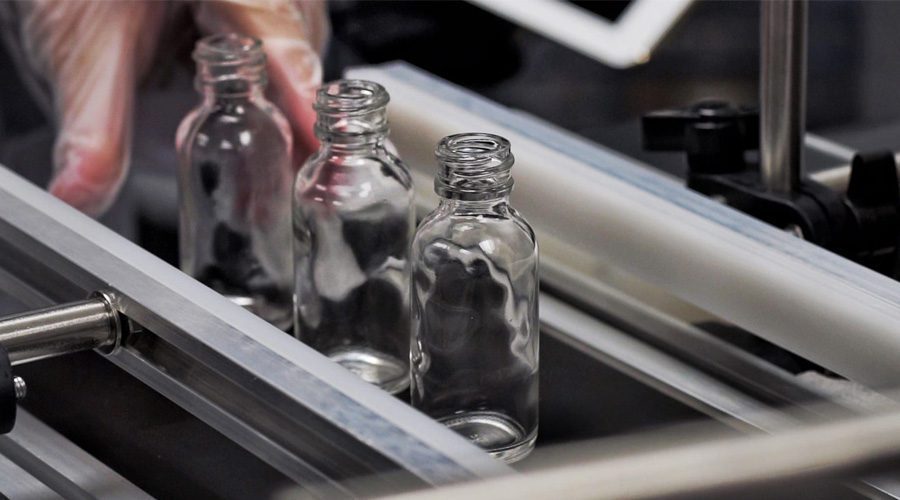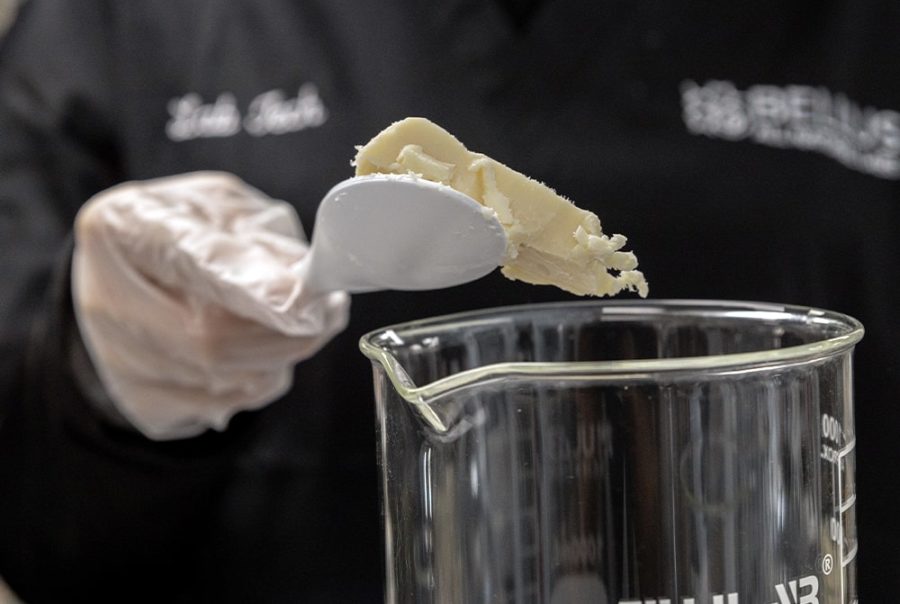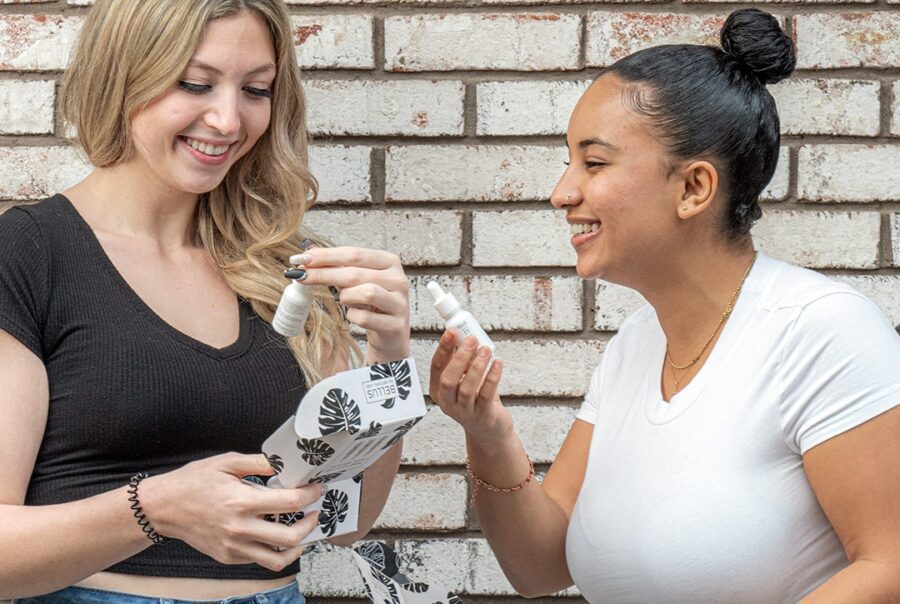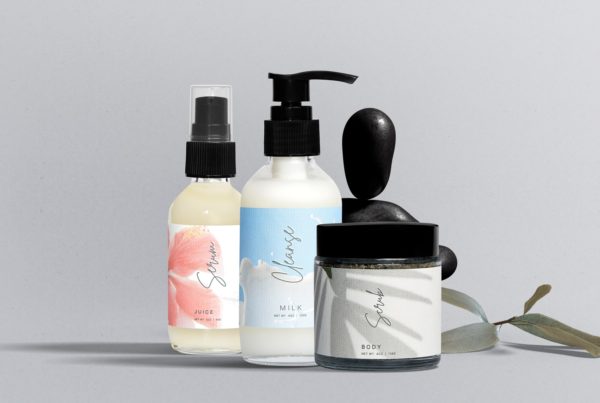Correct labeling is an integral part of marketing a personal care or skincare product. A small change on the product’s label can be the difference between your product flying off the shelves or falling off the shelves. And not only can a good label be attractive to potential customers, but it also stands a better chance of meeting the expected label guidelines.
The Food, Drug, and Cosmetic Act (FDA) and the Fair Packaging and Labeling Act (FPLA) outline what a label should look like before it can be sold. The guidelines are in place as a means of protecting customers from any potential risks while guiding them to make informed decisions when purchasing self-care products. These regulations are crucial for skincare labels due to the skin’s inherent sensitivity – there’s little room for error.
So, how does the ideal label look? Let’s take a look.
Principal Display Panel (PDP)
The PDP is essentially the product’s outer face – it’s what customers first see while scanning your product. It’s expected that the product’s name be first and foremost; however, this is not strictly necessary.
On the other hand, what is necessary is that there is a clear indication of what the product is and its purpose, otherwise known as the “statement of identity.” The statement of identity should be clear and bold to pass FDA standards.
Alongside the statement of identity should be the net weight of the product. The product’s net weight should be immediately conspicuous to the customer and generally placed on the PDP’s bottom 30%.
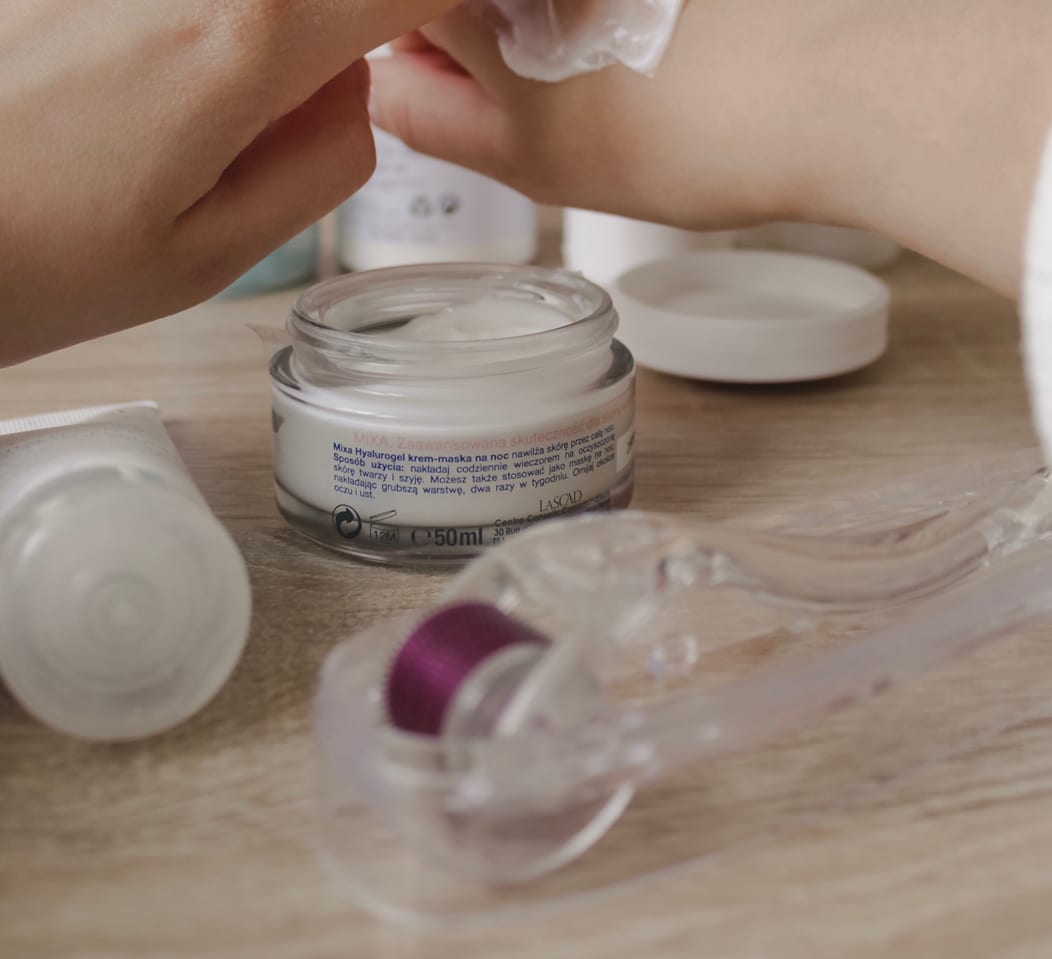
Information Panel (IP)
Ingredients list
As expected, all skincare product labels should contain a list of all applicable ingredients. Every ingredient contained within the product container must be listed and solely in order of prominence – highest to lowest concentration. The official name of the ingredient must be used and must be clearly readable.
If any therapeutic or healing claim is made concerning the skincare product, then the label must also abide by FDA guidelines for cosmetics, skincare, and drugs. In this case, the active components must be listed first with their respective quantities. Of particular importance for skincare products is listing any alcohol (and its concentration) used within the formula. Following on, the remaining ingredients can be listed.
Warning statements
These are the warning and caution statements related to specific products. They not only apply to flammable or hazardous products but also to those that can cause inflammation or irritation.
Manufacturer Address, Name & Contact Information
This part of the label usually begins with “manufactured for” or “distributed by,” followed by all necessary details pertaining to where a product was produced and distributed from.
Directions for use
Giving your customers clear and concise directions isn’t strictly necessary to meet FDA labeling standards, but it’s a nice touch that shows concern for customer’s wellbeing and satisfaction.
The FDA expects strict adherence to these restrictions on all products on sale within the US. The general label design is the prerogative of the company, but the outlines laws/restrictions are non-compromisable.



